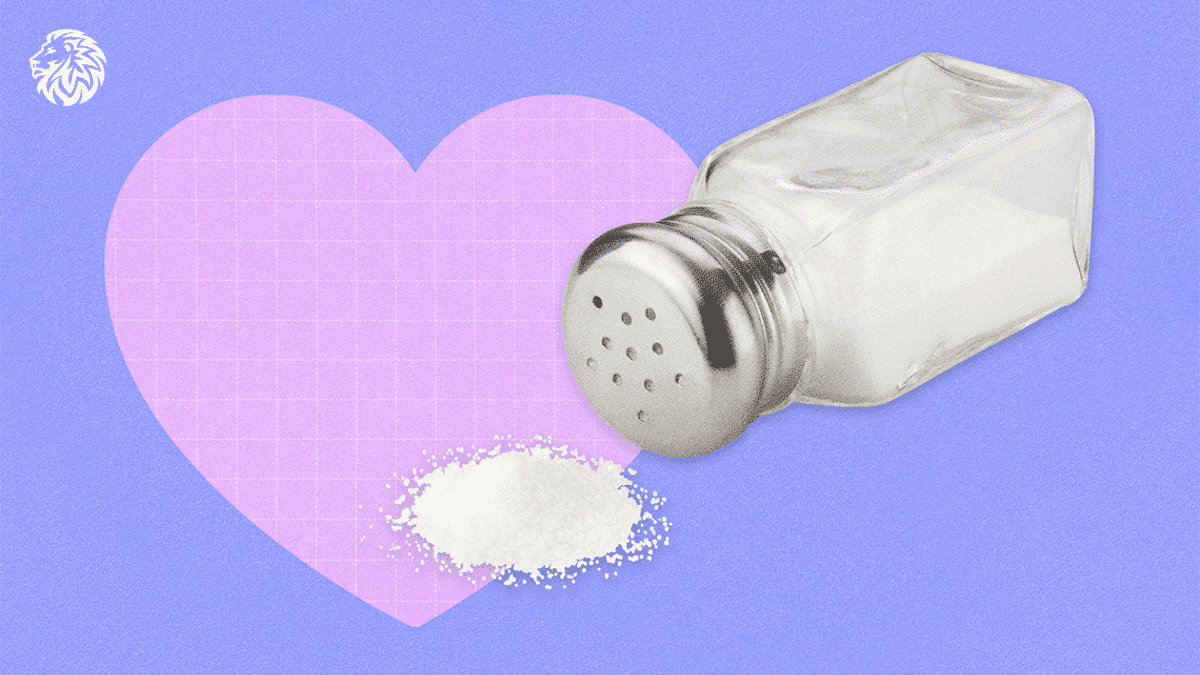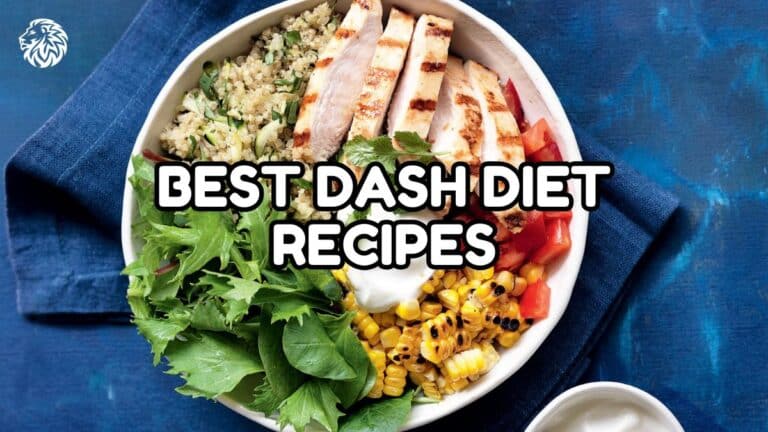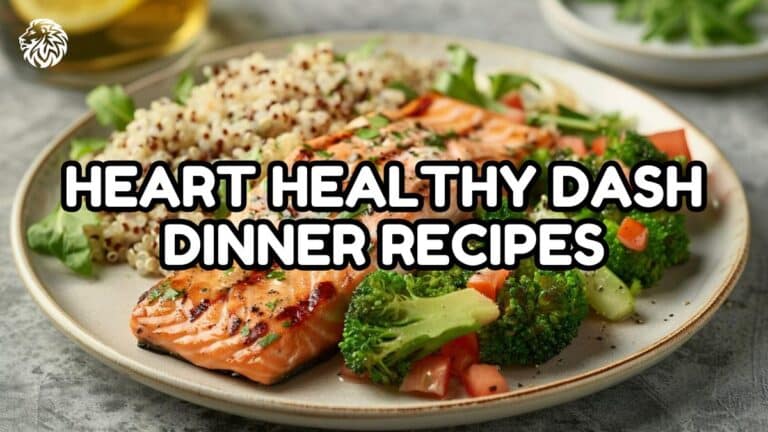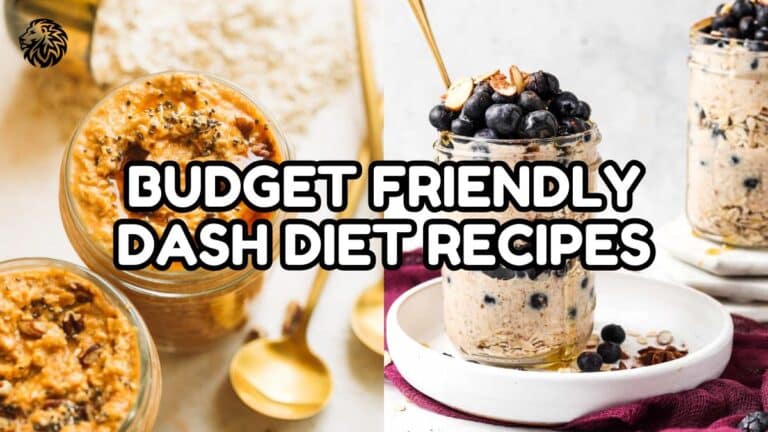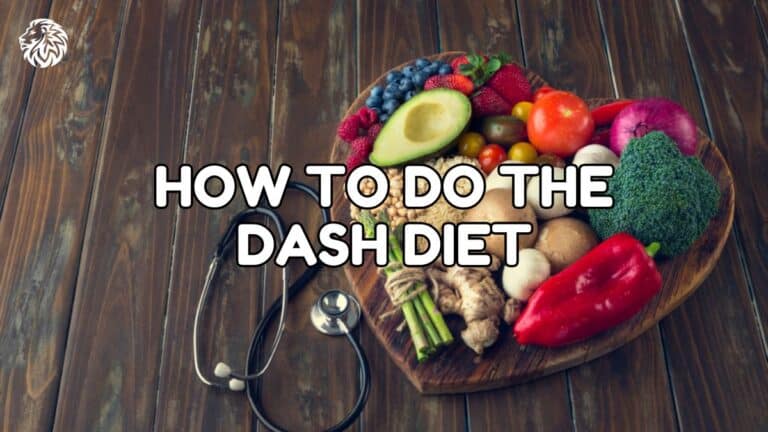The DASH (Dietary Approaches to Stop Hypertension) diet is widely recognized for promoting heart health and lowering blood pressure. One of its key components is managing sodium intake, which directly affects blood pressure levels. Knowing how much salt to consume on a DASH diet can help you make better food choices and improve your overall health.
Understanding Sodium and Its Effects
Sodium, commonly known as salt, plays a crucial role in various bodily functions, such as regulating fluids, maintaining nerve function, and controlling muscle contractions. However, consuming too much sodium can cause fluid retention and lead to increased blood pressure. Over time, high blood pressure (hypertension) can damage the heart, kidneys, and blood vessels, increasing the risk of heart disease and stroke.
Sodium Guidelines on the DASH Diet
The DASH diet offers two sodium intake levels to help control blood pressure. Your recommended intake will depend on your individual health needs and goals.
- Standard DASH Diet: 2,300 mg of Sodium per Day This level aligns with general dietary guidelines. Consuming no more than 2,300 milligrams (mg) of sodium per day is considered a safe limit for most people. It’s equivalent to about one teaspoon of salt. For individuals without high blood pressure or those looking to maintain a healthy lifestyle, this amount can help keep blood pressure in check.
- Lower-Sodium DASH Diet: 1,500 mg of Sodium per Day For those with high blood pressure, prehypertension, or a higher risk of heart disease, a lower intake of sodium is recommended. Limiting sodium to 1,500 mg per day is more effective in reducing blood pressure. This reduced amount is roughly two-thirds of a teaspoon of salt, making it a significant adjustment for many people accustomed to higher levels of sodium.
Why 1,500 mg of Sodium Is Ideal for Some
Research has shown that reducing sodium intake to 1,500 mg per day can significantly lower blood pressure, particularly for those already diagnosed with hypertension. This lower sodium target is especially beneficial for people over the age of 50, African Americans, and those with existing health conditions such as diabetes or kidney disease. The lower-sodium version of the DASH diet has been proven to lower blood pressure within just a few weeks.
Tips for Reducing Sodium in Your Diet
Adjusting your sodium intake can seem challenging at first, especially if you’re used to eating processed or packaged foods that often contain high amounts of salt. However, by making some simple changes, you can achieve the recommended sodium levels while still enjoying a variety of flavorful meals.
- Choose Fresh, Whole Foods Fresh fruits, vegetables, lean meats, and whole grains naturally contain low levels of sodium. Building your meals around these foods can help you stay within the recommended sodium limits. Opt for fresh or frozen vegetables rather than canned ones, which often come with added salt.
- Read Food Labels Packaged foods, including bread, soups, cereals, and condiments, can be hidden sources of sodium. Check the nutrition labels for sodium content, and aim to choose products labeled “low-sodium,” which contain less than 140 mg of sodium per serving. Keep in mind that even foods that don’t taste salty, like bread or cereal, can still contribute significantly to your sodium intake.
- Limit Processed and Restaurant Foods Many processed and fast foods are packed with sodium. Common culprits include deli meats, canned soups, sauces, and snacks like chips and crackers. When dining out, ask for your meals to be prepared without added salt, and choose items that are grilled, baked, or steamed rather than fried.
- Cook at Home Preparing meals at home gives you complete control over the ingredients you use. Experiment with herbs, spices, and other salt-free seasonings to enhance the flavor of your dishes. Lemon juice, vinegar, garlic, and fresh herbs like basil and cilantro can provide a tasty alternative to salt.
- Watch Portion Sizes Even when choosing lower-sodium options, portion sizes matter. If you eat double the serving size listed on a food label, you’re also doubling the amount of sodium. Stick to recommended serving sizes to help keep your sodium intake in check.
Common High-Sodium Foods to Avoid
To successfully lower your sodium intake on the DASH diet, it’s important to identify and limit foods that are high in sodium. Here are some common items to be cautious about:
- Processed Meats: Ham, bacon, sausage, and deli meats often contain large amounts of sodium.
- Canned Soups and Vegetables: Unless labeled as “low-sodium” or “no salt added,” these foods can pack a surprising amount of salt.
- Condiments: Soy sauce, ketchup, barbecue sauce, and salad dressings are frequently high in sodium. Opt for reduced-sodium versions when possible.
- Cheese: Many types of cheese, especially processed varieties, contain significant amounts of sodium.
- Frozen Meals: Pre-packaged frozen dinners are notorious for high sodium content, even those marketed as “healthy” options.
- Snack Foods: Chips, pretzels, and salted nuts are obvious sources of sodium, but other snacks like popcorn or crackers can also contain high levels.
Balancing Sodium Intake with Potassium
In addition to reducing sodium, the DASH diet emphasizes increasing potassium intake. Potassium helps balance sodium in the body and can further aid in lowering blood pressure. Foods rich in potassium include bananas, oranges, sweet potatoes, spinach, and tomatoes. By pairing a low-sodium diet with high-potassium foods, you can enhance the overall benefits of the DASH diet.
Gradual Reduction Is Key
If you’re currently consuming more than the recommended amount of sodium, it may take time to adjust to lower levels. Gradually reducing your sodium intake can help your taste buds adapt to less salty foods. Over time, you’ll start to notice and appreciate the natural flavors of the foods you’re eating.
Why It’s Important to Follow DASH Sodium Guidelines
High sodium intake is linked to a variety of health concerns, including heart disease, stroke, and kidney damage. By following the DASH diet’s sodium guidelines, you’re not only helping to lower your blood pressure but also protecting your overall health in the long run. The combination of reducing sodium and increasing nutrient-rich foods like fruits, vegetables, and whole grains creates a balanced approach that benefits your heart and body.
Conclusion
On the DASH diet, your sodium intake should range between 1,500 and 2,300 mg per day, depending on your individual health needs. For those with high blood pressure or at risk for heart disease, aiming for the lower target of 1,500 mg of sodium can offer significant benefits. By making mindful choices, such as eating fresh, whole foods and cooking at home, you can successfully manage your salt intake while still enjoying a varied and satisfying diet.
